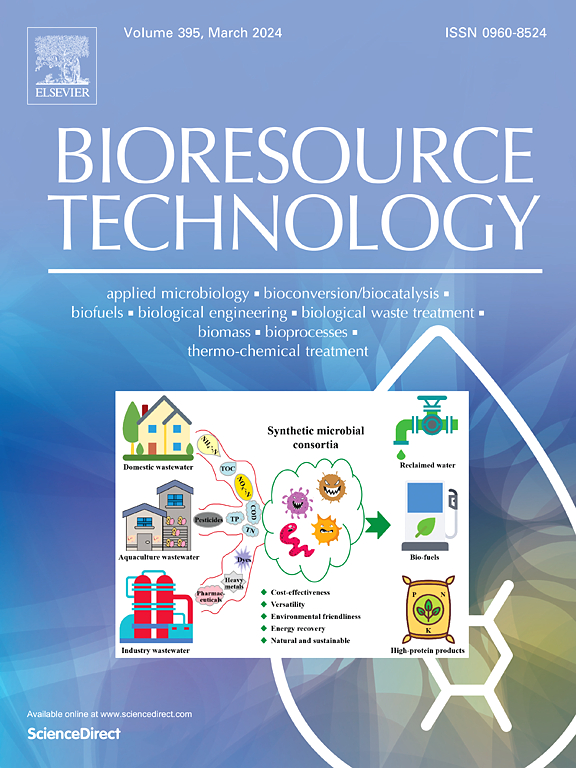Enantioselective effects of chiral antibiotics on antibiotic resistance gene dissemination and risk in activated sludge
IF 9
1区 环境科学与生态学
Q1 AGRICULTURAL ENGINEERING
引用次数: 0
Abstract
Misuse of antibiotics drives the spread of antibiotic resistance genes (ARGs). Although reducing residual antibiotic concentrations can help curb ARG proliferation, the biodegradation and transformation of antibiotic stereoisomers may exacerbate resistance development. However, the impact of antibiotic enantiomers on ARG proliferation remains poorly understood. This study employed metagenomic analysis to investigate the enantiomer-specific selection and resistance risks of chiral antibiotic ofloxacin (OFL) and its (S)-enantiomer, levofloxacin (LEV), in activated sludge. Results showed that LEV primarily promoted the enrichment of ARGs related to aminoglycoside and mupirocin resistance by selecting for pathogenic bacteria carrying virulence factors under high toxicity stress. OFL-driven ARG proliferation involved more diverse mechanisms, including increased gene mobility, co-selection with heavy metals, broader host range, and elevated pathogenicity. The antibiotic resistome risk index (ARRI) further demonstrated a higher environmental risk under OFL treatment than LEV. These findings offer critical insights into the enantioselective resistance risks posed by chiral antibiotics.

手性抗生素对活性污泥中抗生素耐药基因传播及风险的对映选择作用。
滥用抗生素导致抗生素耐药基因(ARGs)传播。虽然降低残留抗生素浓度有助于抑制ARG增殖,但抗生素立体异构体的生物降解和转化可能会加剧耐药性的发展。然而,抗生素对映体对ARG增殖的影响仍然知之甚少。本研究采用宏基因组分析研究了手性抗生素氧氟沙星(ofloxacin, OFL)及其(S)对映体左氧氟沙星(LEV)在活性污泥中的对映体特异性选择和耐药风险。结果表明,在高毒胁迫下,LEV主要通过筛选携带毒力因子的病原菌,促进与氨基糖苷和莫匹罗星耐药相关的ARGs富集。ofl驱动的ARG增殖机制更为多样,包括基因移动性增强、与重金属共选择、宿主范围扩大和致病性升高。抗生素耐药性风险指数(ARRI)进一步显示OFL处理的环境风险高于LEV。这些发现为手性抗生素带来的对映选择性耐药风险提供了重要见解。
本文章由计算机程序翻译,如有差异,请以英文原文为准。
求助全文
约1分钟内获得全文
求助全文
来源期刊

Bioresource Technology
工程技术-能源与燃料
CiteScore
20.80
自引率
19.30%
发文量
2013
审稿时长
12 days
期刊介绍:
Bioresource Technology publishes original articles, review articles, case studies, and short communications covering the fundamentals, applications, and management of bioresource technology. The journal seeks to advance and disseminate knowledge across various areas related to biomass, biological waste treatment, bioenergy, biotransformations, bioresource systems analysis, and associated conversion or production technologies.
Topics include:
• Biofuels: liquid and gaseous biofuels production, modeling and economics
• Bioprocesses and bioproducts: biocatalysis and fermentations
• Biomass and feedstocks utilization: bioconversion of agro-industrial residues
• Environmental protection: biological waste treatment
• Thermochemical conversion of biomass: combustion, pyrolysis, gasification, catalysis.
 求助内容:
求助内容: 应助结果提醒方式:
应助结果提醒方式:


